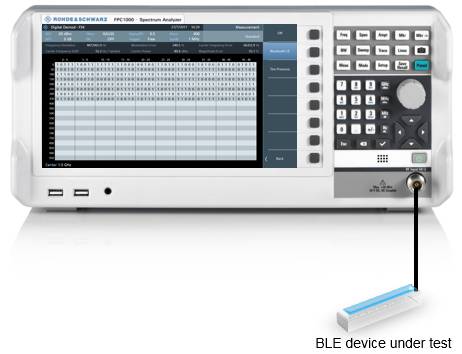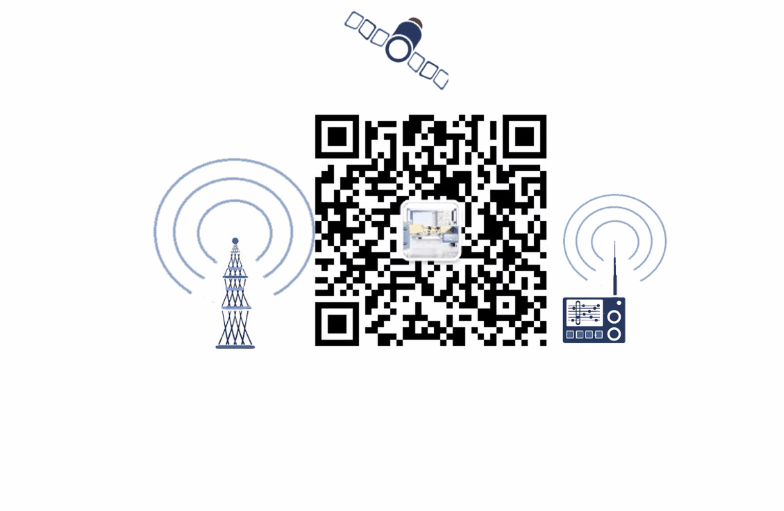
Overview of Bluetooth Low Energy Testing Requirements

Bluetooth Low Energy (BLE) devices use a total of 40 channels, including 3 advertising channels (37, 38, 39) and 37 data packet transmission channels (1 to 36). The Link Layer data packet consists of four parts, as shown in the figure below:

After the design of the Bluetooth Low Energy transmitter module is completed, it is necessary to verify the correctness of the data information it transmits. Therefore, testing the data structure of the Bluetooth Low Energy transmitter, output power, modulation characteristics, and frequency error is an important part of product production.
Overview of Tire Pressure Monitoring Testing Requirements

The Tire Pressure Monitoring System (TPMS) is an automatic detection system for tire pressure and temperature in vehicles, which alerts for abnormal tire conditions. The signals from tire pressure monitoring devices mainly use two standards: FSK and ASK. Due to the characteristics involving vehicle warnings and safe driving, testing the signal quality, power, and modulation characteristics of the TPMS transmitter is particularly important to ensure accuracy, which is essential for achieving effective safety warnings.
Testing Plan

Bluetooth Low Energy and tire pressure monitoring products are very cost-effective, thus an economical spectrum analyzer is more suitable as a test device for these types of products. The FPC1000 spectrum analyzer from Rohde & Schwarz offers excellent RF performance compared to other instruments in the same class, providing exceptional cost-performance ratio, making it suitable for testing Bluetooth Low Energy and TPMS transmitters that are price-sensitive.
FPC1000 — an economical spectrum analyzer from Rohde & Schwarz, can provide customers with detection and decoding functions for Bluetooth Low Energy (BLE) and Tire Pressure Monitoring System (TPMS) devices.

Typical Applications

During actual testing, the device under test can be connected to the FPC via cable or tested via antenna. The connection method is shown in the figure below:

Verification of Data Structure
From the parsing results of the FPC – symbol display interface, the data content in different data packets can be seen. As shown in the figure below, the first 8 bits are the preamble, followed by 32 bits for the access address, 16 bits for the header, and the last 24 bits for CRC verification. The symbols can determine whether the transmitter meets the design standards.

Modulation Signal and Eye Diagram
In the modulation deviation mode of the FPC, the frequency deviation of the modulation signal, carrier power, carrier frequency offset, and modulation error can be displayed in spectrum mode. The FPC can also display the eye diagram of the tested signal, allowing for a quick assessment of signal quality, as shown in the figures below:


Conclusion

Based on the signal and spectrum analyzer FPC from Rohde & Schwarz, it is easy to complete the signal quality testing for Bluetooth Low Energy and Tire Pressure Monitoring transmitter. Additionally, the FPC supports measurement of standard modulation signals such as AM, FM, ASK, and FSK.
To learn more about the laboratory’s latest developments, please long press the QR code below to follow!
